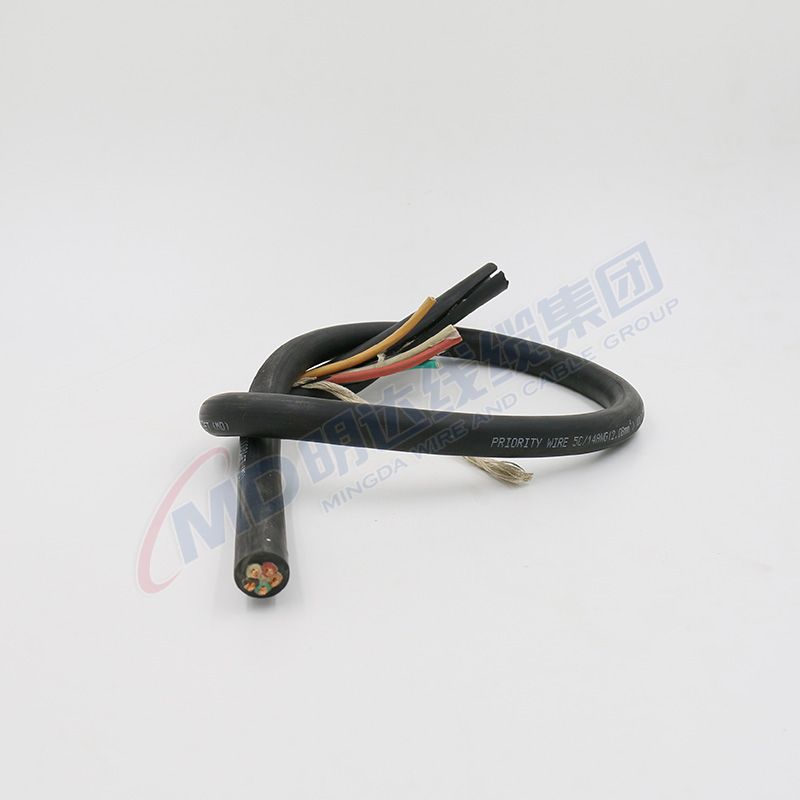dec . 14, 2024 17:23 Back to list
Versatile Rubber Expansion Joints for Enhanced Movement and Vibration Control in Industrial Applications
Understanding Flexible Rubber Expansion Joints
Flexible rubber expansion joints are essential components in various piping and ductwork systems. They serve a significant purpose to absorb movements, reduce vibration, and compensate for thermal expansion and contraction within pipelines. The importance of these joints cannot be overstated, as they play a crucial role in maintaining the integrity and functionality of industrial systems.
Functionality and Purpose
The primary function of flexible rubber expansion joints is to accommodate the thermal expansion and contraction of piping materials. As temperatures fluctuate in industrial settings, pipes can expand or contract significantly. Without the presence of expansion joints, such movements could lead to severe stress on the piping system, potentially causing leaks or catastrophic failures.
Moreover, these joints are designed to absorb vibrations generated by machinery or fluid flow. Excessive vibrations can not only damage the piping system but also create noise, which can disrupt operations and affect working conditions. Rubber expansion joints provide a cushion, reducing the transmission of these vibrations throughout the system.
Design and Construction
Flexible rubber expansion joints are constructed from various materials, with rubber being the most common. The flexibility of rubber allows for a range of motion and the ability to withstand environmental factors such as temperature and pressure variations. Most expansion joints consist of several layers an inner rubber lining that comes into direct contact with the fluid, reinforcing fabrics for structural integrity, and an outer cover that protects against external elements.
Different designs and configurations can cater to specific requirements. For instance, some joints may feature multiple convolutions (folds) to enhance flexibility, while others may be designed to withstand higher pressures or corrosive environments. The versatility in design allows engineers to select the right type of joint based on the operational demands of the system.
Applications
flexible rubber expansion joint

Flexible rubber expansion joints are widely used in various industries, including water treatment, oil and gas, power generation, and chemical processing. In water treatment facilities, these joints can help manage the flow in large pipelines, ensuring that any movements due to temperature changes or water hammer effects are absorbed without damage.
In the oil and gas sector, expansion joints are critical for the safe operation of pipelines that transport crude oil, natural gas, and other fluids. They help maintain system integrity, and their ability to absorb vibrations is particularly essential in preventing leaks in sensitive applications where safety is paramount.
Additionally, power generation plants utilize these joints in their cooling water systems, steam lines, and exhaust ducts. The presence of expansion joints contributes to the reliability and longevity of the overall system.
Installation and Maintenance
Proper installation and maintenance of flexible rubber expansion joints are vital for their performance and longevity. During installation, it's essential to ensure that the joints are aligned properly and not subjected to excessive bending or twisting forces. Neglecting this aspect can lead to premature failure.
Routine inspections and maintenance are also crucial. Visual checks for signs of wear, cracking, or fluid leaks can help in early identification of potential issues. Regular replacement is advised, especially in applications with high thermal or mechanical stresses, to prevent unexpected failures.
Conclusion
In conclusion, flexible rubber expansion joints are vital components that enhance the efficiency and reliability of piping and ductwork systems across various industries. Their ability to absorb movements, dampen vibrations, and compensate for thermal expansion positions them as indispensable in maintaining system integrity. Understanding their design, functionality, and proper maintenance is crucial for engineers and operators aiming to ensure the smooth operation of industrial processes. By investing in high-quality expansion joints and adhering to proper practices, industries can minimize downtime, enhance safety, and extend the lifespan of their systems.
Share
-
Reliable Wafer Type Butterfly Valves for Every IndustryNewsJul.25,2025
-
Reliable Flow Control Begins with the Right Ball Check ValveNewsJul.25,2025
-
Precision Flow Control Starts with Quality ValvesNewsJul.25,2025
-
Industrial Flow Control ReliabilityNewsJul.25,2025
-
Engineered for Efficiency Gate Valves That Power Industrial PerformanceNewsJul.25,2025
-
Empowering Infrastructure Through Quality ManufacturingNewsJul.25,2025